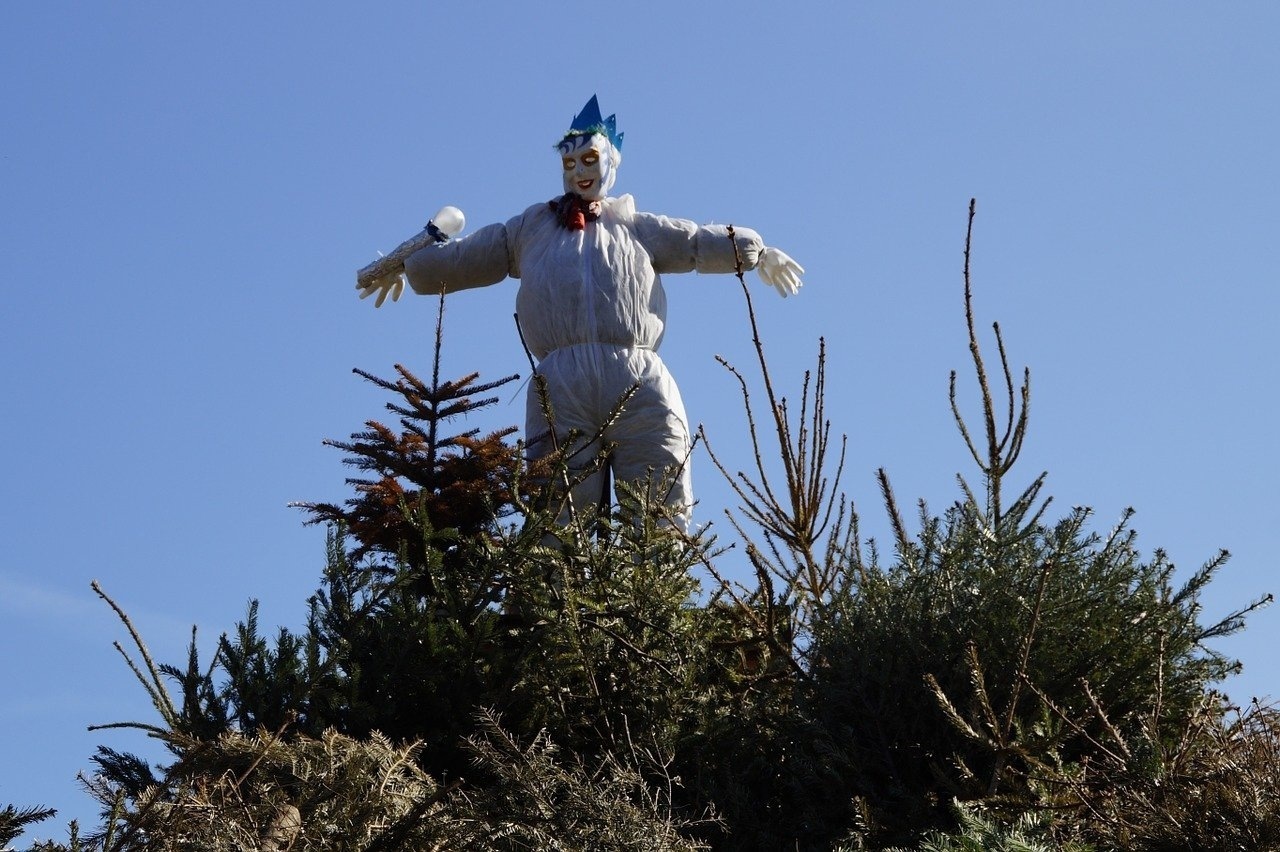Odd and special Hungarian Easter traditions

Girls used to be whipped instead of the now customary watering? Get to know the traditional roots of the Hungarian Easter celebration!
Is the egg brought by the Easter bunny a new-age urban custom? What about old traditions like Good Friday morning pálinka drinking, Pilate burning, border detour, or Easter whipping? We gathered these forgotten festive folk customs for a joyful Easter weekend.
- Do you know the origin of these Hungarian Easter traditions?
- Easter in quarantine: tips on how to keep Hungarian traditions alive
Hungarian customs surrounding the days of Easter are often thought to be entirely Christian, but thats definitely not the case. As it will become very apparent later on, Hungarian customs have strong pagan roots that were later moulded to fit the Christian standards. There are a few modern, western influences as well that make our celebration on the surface very similar to commercially well-known Easter.

As early as the third century, there are records of how the Hungarian ancestors celebrated Easter. For example, traditionally, one shall not be sweep on Easter morning because then you are sweeping luck from our lives. It is also forbidden to shake or dust the blanket, as this will bring us bad luck. Its also believed that a squirrel crossing our path is a sign of bad luck.
Anyone who wears a new outfit on Easter will be lucky all year round. On the other hand, if you wear something inside out, you should brace yourself for a period of bad luck!
On the Friday before Easter, also known as Good Friday, several unique habits are customary. It was believed that feeding peppercorn or chilis to our gander or rooster that day ensures that the birds have a prolific summer.

Pálinka for breakfast
It was believed that whoever drinks pálinka, a distilled spirit made out of various fruit, on Good Friday morning and falls asleep somewhere in the summer, the snakes will not crawl into their mouth. But in the countryside of Szeged and Subotica, the girls went to wash and comb under the willow tree on Good Friday because then their hair could become beautiful – according to hellovidek.

Pilate-burning rituals
According to the Hungarian Ethnographic Lexicon, Pilate was burned on Good Friday, Good Thursday or Good Wednesday. A straw puppet symbolising Pontius Pilate, who crucified Jesus, or in some cases Judas, who betrayed the Son of God, was made to be beaten or burned.
Ritualistic village tour against the evil spirits and frost
The lads and the newlywed men bypassed the church, after which they marched through the village singing loudly, praying for a bountiful and generous year. The lads later pinned a pine branch decorated with colourful, ornate ribbons, pieces of paper, and wax-painted eggs to the gate of their loved one. Its name was Dawn Tree. These traditions protected the spring sowing from evil, frost, and hail.
Easter whipping for fertility
It is still customary to sprinkle or water on Easter Monday, meaning sprinkling the women with a bit of water or cologne, or in more extreme cases, water them thoroughly with soda water or a bucket. In the Bakony, on the other hand, there was no watering but Easter whipping. Both habits are mainly for fertility in traditional pagan work. The lads whipped the girls on Easter Monday, saying this:
“Keléses ne légy,
Bolhásos ne légy
Esztendőre frissebb légy!”
This short rhyme roughly translates to “Don’t have warts/don’t have fleas/be fresher this year!” It functioned as an amplifier of fertility and feminine energy.
Source: borsonline.hu; hellovidek.hu


Are there still whipping going on? Could be fun 🙂
Anonymous, come on over, I’m sure we can find someone to whip you.?
Sure to be lots of volunteers